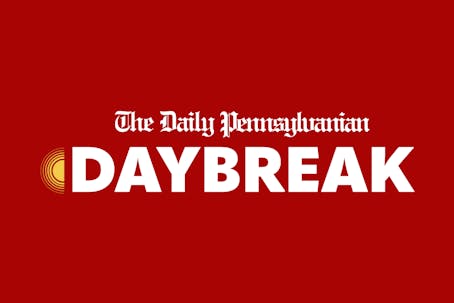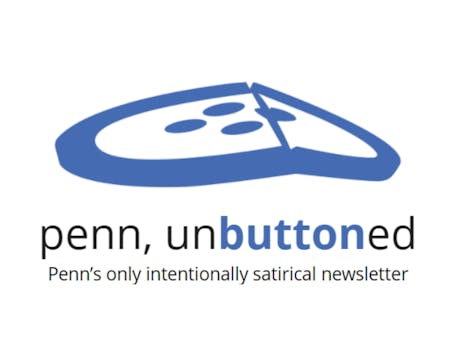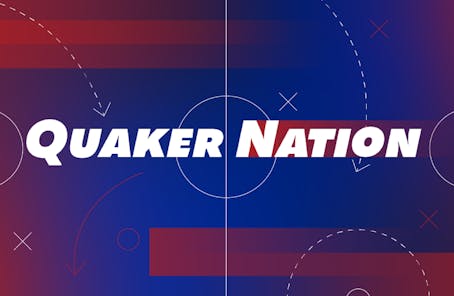Of peer institutions that have reported figures at this time, Penn's endowment is the only one to have shrunk, dropping 3.9 percent from $6.6 billion to $6.3 billion.
Harvard University's endowment grew 8.6 percent to $36.9 billion, Yale University's was up 4.5 percent for a total of $22.9 billion, Brown University's grew 6.3 percent to $2.8 billion and Cornell University's rose 2.7 percent to about $5.65 billion.
Stanford University posted 6.3 percent growth, and the Massachusetts Institute of Technology saw 3.2 percent gains on its returns.
Among the Ivy League, Princeton and Columbia universities and Dartmouth College have not yet reported their returns.
Despite the gains, all universities had much lower growth than in the previous fiscal year, when endowments at most schools experienced unprecedented bounces.
Last year, for instance, Penn's endowment grew 20.2 percent, while Harvard and Yale jumped 23 and 28 percent, respectively.
And while officials say the difference between Penn and its peer institutions is disappointing, it is not surprising.
"When we look at the asset allocation of these peers, given their allocations to private equities and real estate and given the returns we've seen [so far] . these variations are sort of in line with what we expected," Penn Executive Vice President Craig Carnaroli said.
The difference in returns, according to Carnaroli and Chief Investment Officer Kristin Gilbertson, came from the different weights of certain asset classes in the makeup of the universities' portfolios.
About 88 percent of Penn's portfolio is valued daily, but many peer institutions have a higher percentage of their endowments invested in asset classes that are reassigned value on a less-frequent basis, such as private equity and real estate, said Gilbertson.
For example, private equity generally is evaluated at the end of a calender year, so losses of investments in private equity will not be felt until the next fiscal year.
Therefore, these institutions "report with a lag," she said.
"Having assets that don't mark to market every day is a distinct advantage" in today's market, she added.
Penn's comparative under-weighting in alternative asset classes is largely because, historically, Penn has not inherited as much in those asset classes.
Since coming to Penn in 2004, Gilbertson has worked to rebalance the portfolio over time to diversify toward areas like hedge funds or real estate.
And, because prices in those asset classes are currently low, "now's the opportunity in the distressed assets of those asset classes," Carnaroli said. "We're not going to overdo it, but we're certainly going to see opportunities."
"The team [Gilbertson] put together will build strong, competitive, long-term numbers, and we shouldn't get fazed by one year's vagaries," he said.
The Daily Pennsylvanian is an independent, student-run newspaper. Please consider making a donation to support the coverage that shapes the University. Your generosity ensures a future of strong journalism at Penn.
DonatePlease note All comments are eligible for publication in The Daily Pennsylvanian.




